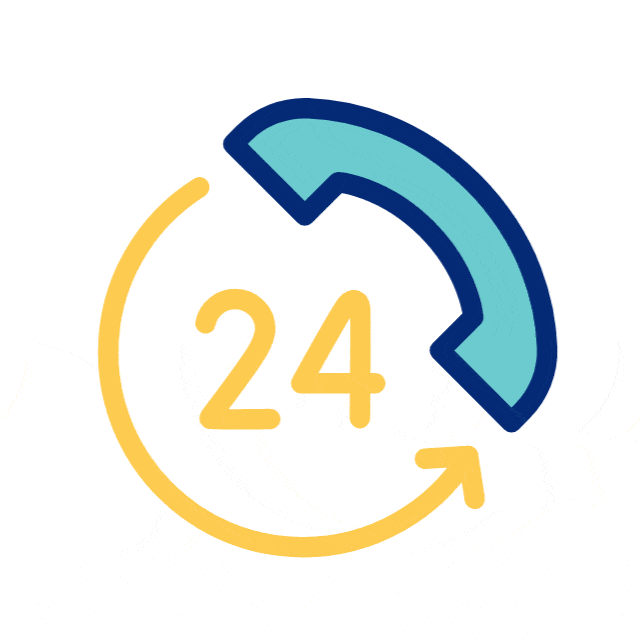Category : Dermatology
Ingrown toenails are a very common problem affecting people of all ages. Ingrown toenails occur when the edges of the nail penetrate the surrounding skin. In the early stages this may only be minor and cause little discomfort. As the nail continues to grow out it continues to grow deeper into the skin which can cause inflammation of the surrounding tissue, resulting in pain and possibly infection. This can make wearing normal shoes nearly impossible and the weight of the bed sheets at night can be agonising.
There are a number of reasons that people may develop an ingrown toenail:
- Ill-fitting shoes: too narrow or too tight
- Poor nail care: picking nails or cutting nails too short may result in sharp edges which will dig into the skin
- Trauma to the nails: stubbing your toe or dropping something on the toe can cause the nail to grow in an irregular manner
- Genetics: the shape of your nail is one of the most common causes, you can thank mum or dad if your toenails curl right under on the sides
- Poor foot hygiene and excessive sweating
For some people cutting their toenails in a particular way is enough to keep the pain at bay, for others a regular appointment with their dermatologist will help. Unfortunately for some people it doesn’t matter what they try their ingrown nails continue to be problematic.
Luckily, there is a long term solution to chronic ingrown toenails. Nail surgery is a minor procedure carried out by the dermatologist in the outpatient using local anaesthetic.
Nail surgery is known as a Partial Nail Avulsion (PNA) which involves removing part of the nail or a Total Nail Avulsion (TNA) which involves removal of the entire nail. The procedure you undergo is determined by which part of the nail is affected.
What’s involved?
- Local anaesthetic is injected which numbs the toe for around 2-3 hours.
- The affected side of the nail (PNA) or the whole nail (TNA) is then cut and removed. The skin is not cut at all and stitches are not required (see image below).
- Once the nail is removed a chemical called Phenol or Radio frequency is applied at the base of the nail which permanently prevents that area of nail from regrowing. This causes minimal trauma to the surrounding skin and therefore minimises healing time.
- The toe is then covered with absorbent dressings to prevent infection and your podiatrist will change these dressings several times following the surgery.
Generally people are back on their feet the next day however we recommend you take it easy for a few weeks so that the toe is able to heal properly. Pain associated with the surgery is also minimal however it takes approximately 6 weeks for the toe to heal completely – this differs from person to person.
If you need to wear shoes, they should not be tight. Also, avoid any trauma such as knocks from furniture or pets. You should not get your toe wet until you are seen again by the dermatologist after a week. We will remove the bandage and check your toe. We will show you how to look after your toe and how to apply dressings until it is healed. We advise not to play contact sports or swim/water sports when your toenail is healing.





